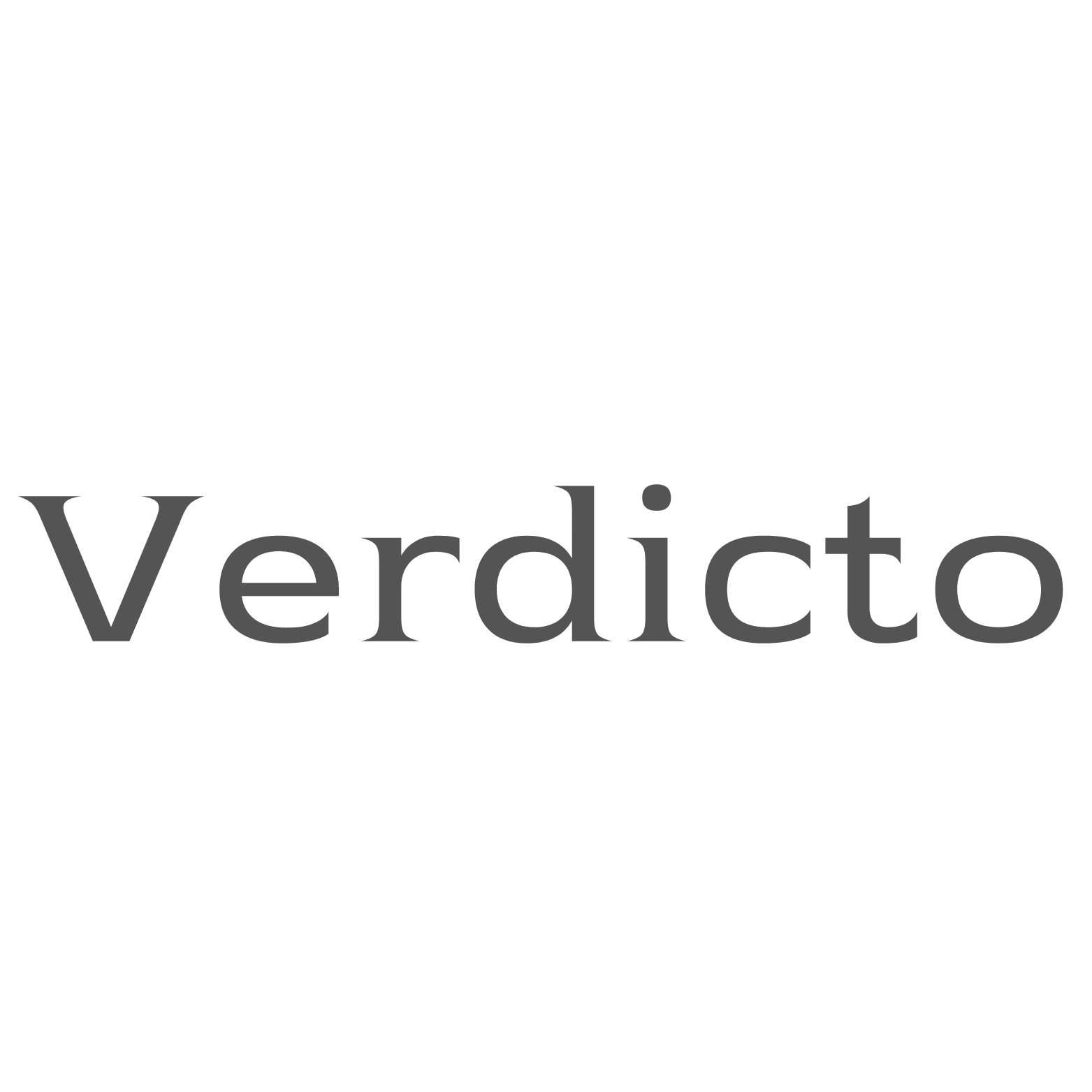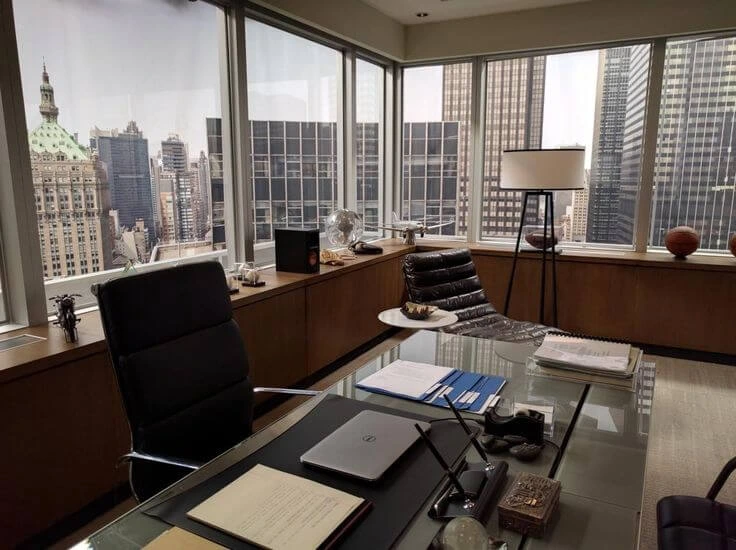We are all familiar with the familiar depiction of a attorney: the tailored attire, the leather-bound volumes, and the stern workspaces that exude power. This particular atmosphere, referred to as lawyer aesthetics, goes beyond just wardrobe and design choices.
It reflects a lifestyle imbued with professionalism, precision, and a touch of sophistication unique to the legal field. Whether we’re aspiring attorneys or seasoned veterans of the courtroom, something is captivating about the blend of tradition and authority in the visual representation of our profession.
Amidst the hustle of preparing cases and advising clients, the lawyer aesthetic serves as a silent badge of honor. It represents the rigorous education, attention to detail, and the intellectual rigor that goes into our line of work. It’s about creating an environment that not only instills confidence in those we represent but also fosters a sense of respect and trust. The right aesthetic sets the tone for the serious, critical, and strategic thinking that our profession demands.
So, let’s take a moment to appreciate the subtle nuances of the legal world’s style. The robust bookcases, the choice of a fountain pen over a ballpoint, and the classic lines of a well-made desk aren’t just pieces of furniture or office supplies. They’re part of a larger narrative, a curated environment that tells a story of justice, expertise, and the enduring pursuit of truth.
History of Lawyer Aesthetic
When we explore lawyer aesthetics, we’re delving into the visual traditions and sartorial practices that have come to define the legal profession.
Evolution of Professional Attire
The traditional lawyer aesthetic has always placed a high value on professionalism, which is chiefly represented through formal attire. Initially, legal attire was synonymous with robes and wigs, a holdover from English legal traditions.
As societies progressed, these gave way to the sharp tailoring of the business suit—a universal symbol of legal expertise and authority. Dark colors such as black, navy, and gray became the de facto choices, reflecting seriousness and sobriety.
Over time, these strict dress codes have relaxed slightly, allowing for more variation and subtle personal expression within professional boundaries. Today, legal attire still conveys credibility and trustworthiness, imperative to the image of a lawyer, but we can see a gradual acceptance of business casual attire, especially in less formal legal settings.
Influence of Pop Culture
Pop culture often reflects and shapes our perceptions, and the aesthetic of lawyers is no exception. Television and film have played pivotal roles in crafting the image of the lawyer—power suits, briefcases, and poised courtroom demeanor. Shows like “Suits” and “The Good Wife” present an idealized version of legal attire that is both aspirational and influential, contributing to the evolving narrative of what constitutes proper lawyer attire.
This portrayal impacts public expectations and, consequently, how lawyers present themselves. It perpetuates the notion that a professional appearance is inextricably linked to competency and success in law.
Elements of Lawyer Aesthetic

When we consider lawyer aesthetics, we’re talking about the visual and tactile elements that make up the professional image and environment of a lawyer. These components represent a balance between tradition and modernity, formality and comfort.
Attire and Personal Grooming
A lawyer’s attire tends to be a symbol of their professionalism. For men, this might include tailored suits, crisp dress shirts, and conservative ties. For women, the equivalent could be sleek suits, tailored blouses, and modest heels. Personal grooming is equally important, favoring a polished and clean look with neat haircuts and subtle makeup.
Office Decor
The decoration of a lawyer’s office often reflects their attention to detail and keen sense of respectability. Practical office furnishings like solid wood desks and ergonomic chairs combine with decorative elements like bookcases filled with legal tomes, law degrees, and other professional certifications tastefully framed on the walls. The goal is to create an environment that instills confidence in clients while being a comfortable place to work.
Accessories and Artifacts
Accessories and artifacts in a legal setting extend beyond mere decoration. They’re embodiments of the profession’s gravitas and are carefully selected for their symbolic value. This includes items like personalized desk nameplates, scales of justice sculptures, and perhaps a classic globe or legal-themed artwork. Each piece adds to the narrative of lawyer aesthetics, providing visual cues to the lawyer’s scholarly dedication and global awareness.
Adopting the Lawyer Aesthetic

When we talk about lawyer aesthetics, we’re envisioning more than just a dress code; it’s about encapsulating the professionalism and sophistication that the legal field commands. Let’s get into the nitty-gritty and explore the essentials.
Wardrobe Essentials
Our attire greatly influences the first impression we make. For a classic lawyer aesthetic, think tailored suits in neutral colors like black, navy, or gray. Women can mix and match with pencil skirts and blouses or opt for a sheath dress. Here’s a quick list:
- Suits: Solid colors or subtle stripes
- Shirts: Crisp white or light blue are staples
- Shoes: Leather shoes for men; closed pumps for women
- Accessories: Subtle ties, belts, and watches
Consistency is key—ensure each piece is well-fitted and of good quality.
Grooming Tips
Neat grooming complements our professional ensemble. Men should opt for a clean shave or well-trimmed facial hair. Women’s makeup should enhance natural features without being distracting. It boils down to two main aspects:
- Hair: Clean, conservative hairstyles
- Nails: Manicured, with neutral polish or clear gloss
Every detail counts toward a polished appearance.
Office Setup and Design
Our workspace reflects our commitment to the field and reinforces lawyer aesthetics. An office with wood furnishing, leather-bound books, and a clean, organized desk sets a serious tone. To add to this, strategic lighting and earthy tones create an atmosphere of established dignity. Including a few plants or artwork that speaks to the spirit of law can lend a personal touch to a professional space.
Significance of Aesthetic in Legal Profession

In the realm of law, lawyer aesthetics play a critical role in shaping how professionals are perceived and the influence they carry in the courtroom. Now, let’s examine how aesthetic considerations impact client perceptions and courtroom dynamics.
Client Perceptions
Clients often form their first impressions based on the aesthetic presentation of their legal counsel. From meticulous wardrobe choices to the layout and decor of a law office, every detail can contribute to a client’s confidence and trust in their lawyer’s abilities. This encompasses not just physical appearance, but extends to all forms of communication and branding a lawyer presents to the public.
Courtroom Influence
Within the courtroom, the aesthetic of a lawyer can significantly sway the judgments of a jury or judge. It’s about presenting an image of competence, authenticity, and reliability. A lawyer’s choice of attire, for example, should reflect an understanding of the decorum expected in legal settings.
But it goes beyond clothing; the organization of legal documents, the eloquence of speech, and overall demeanor are all facets of a lawyer’s aesthetic that can affect the outcomes of legal proceedings.
Our Opinion on Lawyer Aesthetics
When we talk about lawyer aesthetics, we’re diving into more than just a superficial understanding of style. It’s about embodying professionalism and strengthening the unspoken narrative that lawyers are pillars of trust and expertise.
For us, lawyer aesthetics go beyond the classic suit-and-tie ensemble. Yes, traditional garb stands as a symbol of the field’s gravitas, but aesthetic choices can also influence how legal professionals are perceived by clients and peers. A polished appearance often translates into an expectation of meticulous and thoughtful work.
- Professionalism: Clean, tailored clothing reflects attention to detail.
- Approachability: A splash of color or a unique accessory can make lawyers seem more personable.
- Modernity: Incorporating contemporary fashion trends portrays adaptability.
However, aesthetics in law isn’t just about personal attire; it extends to the ambiance of legal offices. Subtle design choices can convey values and foster a conducive environment for clients. Think of calming colors, strategic lighting, and art that encourages contemplation and confidence.
- Office Layout: Clear, organized spaces signal efficiency.
- Decor Elements: Tasteful artwork and furniture communicate sophistication.
Aesthetics in law resonate with the theme of order – much like law itself. We believe careful consideration of aesthetics enhances client experiences and bolsters our professional identity, moving us away from being seen as intimidating gatekeepers and towards approachable advisors.
When we explore the concept of lawyer aesthetics, it’s not just the visual appeal that’s important. It’s also about understanding the profession better, including the types of lawyers that are most in demand and popular within the field. Let’s dive into some frequently asked questions to give you a clearer picture.
FAQ
What is the most popular lawyer type?
There isn’t a single “most popular” type of lawyer, as legal specializations vary. Commonly sought-after types include family lawyers, criminal defense attorneys, and personal injury lawyers. Popularity depends on societal needs and legal trends.
What type of lawyer is highest in demand?
Demand for lawyers varies, but fields like personal injury, family law, and corporate law often see high demand. Trends may shift based on societal needs and legal developments. Staying versatile and updated on legal trends can enhance career opportunities.
We love lawyer aesthetics, and it seems like you do too! If you are interested in lawyer fashion you should check out my article about this topic. What is your opinion on lawyer aesthetics? Let us know in the comments!

